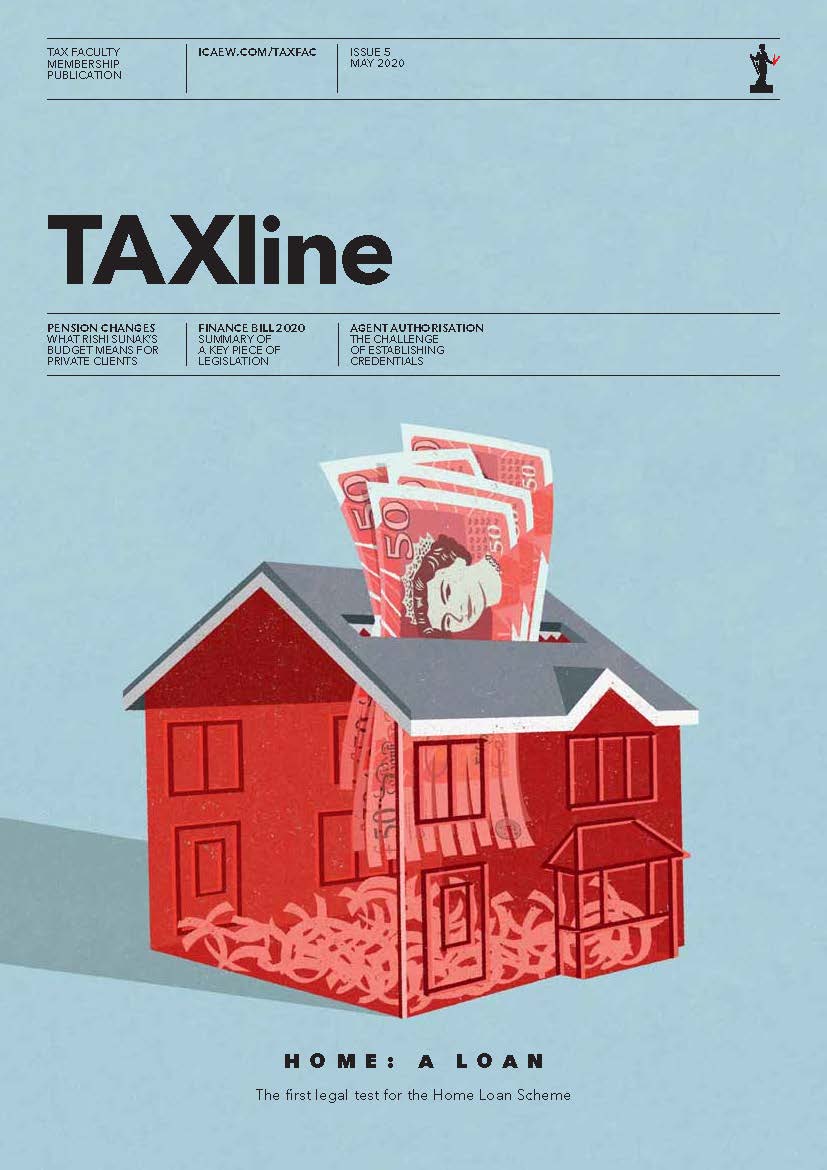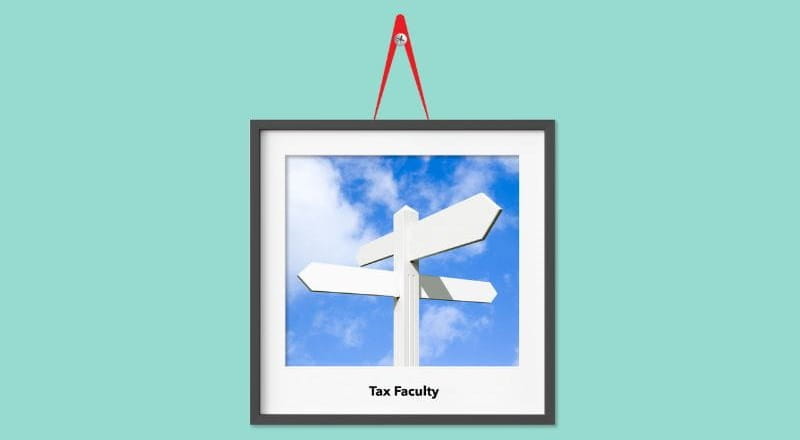The government identified basis period reform as a simplification opportunity just over three years ago. Although the measure may make life easier for 2024/25 onwards, it may not feel like a simplification when completing tax returns for 2023/24. For sole traders and partners who haven’t previously prepared accounts to 31 March or 5 April, there are additional boxes to complete on the tax return, and quite likely additional tax to pay too.
Basis period reform
As part of basis period reform, an individual’s business profits will be taxed on a tax year basis for 2024/25 onwards. For 2022/23 and earlier, the person was taxed by reference to their basis period; 2023/24 is a transition year. The process for moving from the basis period to the tax year can be complicated where:
- the business commenced in 2022/23 or earlier;
- it did not cease in 2023/24; and
- its accounts are prepared to a date other than 5 April (an equivalence rule treats 31 March-4 April as 5 April where accounts are made up to 31 March-4 April).
In this case, the person’s taxable profits for 2023/24 comprise:
- a standard part. This is the 12 months following the end of the basis period for 2022/23; and
- a transition part. This begins with the end of the standard part and ends on 5 April 2024 (subject to the equivalence rules described above).
The profit/loss for the transition part is reduced/increased by any brought forward overlap profits. The net amount (where positive, and reduced by any loss from the standard part) is spread over five tax years unless the person elects otherwise.
The pre-existing basis period rules, including the rules relating to a valid change of accounting date (s216 and 217, Income Tax Trading and Other Income Act 2005), do not apply for 2023/24. These include the 18-month test that effectively says that if a long period of account is used to move the accounting date of business, that period cannot exceed 18 months in length. As this test does not apply in 2023/24, a business with a 30 April year-end wishing to realign to 31 March, for example, may complete:
- one 23-month set of accounts;
- two sets of accounts of 12 months and 11 months; or
- many other permutations.
However, it should be noted that the rule that restricts a period of account to 18 months for capital allowances purposes (s6(6), Capital Allowances Act 2021) does still apply.
For detailed guidance on basis period reform, see the Tax Faculty’s TAXguide 02/22.
Completing the tax return for 2023/24
Where the person is affected by basis period reform (see above), they should complete the full supplementary pages for self-employment or partnerships for 2023/24 as appropriate. These pages contain additional boxes at 73.1 to 73.4 for sole traders and at 16.1 to 16.4 for partnerships.
The new boxes record the profit or loss for the transition part, before and after any overlap profits are deducted, and the amount to be considered for 2023/24, net of loss relief where applicable.
HMRC has published working sheet 3 to help the self-employed calculate their taxable profits where they are affected by basis period reform. Where more than one accounting period falls wholly or partly in 2023/24, the taxpayer will also need to complete self-employment supplementary pages for each of the other periods representing part of the results for that tax year.
In terms of using commercial software to prepare returns, it is understood that some software may not allow an accounting period of longer than 18 months, despite the relaxation of the 18-month rule for 2023/24 described above. This means that returns would need to reflect two accounting periods, even where only one set of accounts is completed.
The supplementary pages for the latest accounting period should usually be submitted as part of the person’s tax return. Where this applies, a workaround (unique ID eight) requires the taxpayer to submit the supplementary pages for the other period as an attachment to the return, with an explanation given in the box for additional information. A similar workaround applies with regard to partnerships.
Note that this workaround will be relevant for businesses with accounting year-ends that do not coincide with the tax year, even where the accounting year-end date is not changed in 2023/24. This is because the results from two different accounting periods will need to be taken into account in determining the taxable profit or loss for 2023/24.
Also, HMRC has provided a calculator for working out the person’s transition profit. If you click ‘preview your results’, the calculator also indicates in which boxes on the return the various elements should be recorded.
More on basis period reform
A more detailed version of this article, including an example demonstrating which boxes on the tax return should be completed was published in TAXline.



